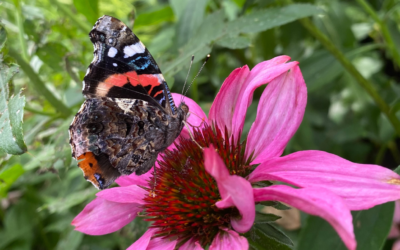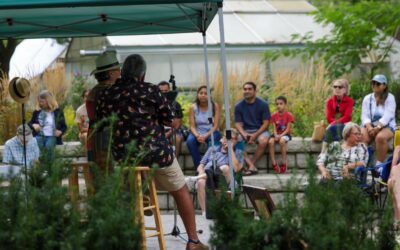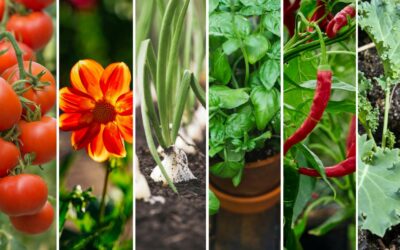Around the Grounds with Bennett I Homemade Winter: Cold Stratification
Written by: Bennett Dowling, 577 Organic Landscape Horticulturist
As the days grow shorter and colder and the plants in the garden begin going dormant, it is the time of year for seed gathering. While many annual and vegetable plant seeds can be stored indoors in a dry place, many native perennial plants require a process called cold stratification. This is because many perennial plant seeds are biologically programmed to avoid germination until after the cold of winter has passed.
So how does one mimic this process? The easiest way is to sow perennial seeds outdoors in fall and patiently await their germination in spring. This requires knowing what the newly emerging plants look like in comparison to weeds. It also leaves a lot up to chance, between consumption by animals, rotting in the snow, or washing away in spring.



A simple method indoors can mimic the cold stratification needed. The necessary tools will be your desired seeds, sand, paper towels, plastic bags, and a refrigerator. The first step is to find out how long your seeds need to stay cold, if they need to stay cold at all.
By researching online or on seed packets from the purchased material, the gardener can find the period of cold stratification needed. I personally use the website for Prairie Moon Nursery (www.prairiemoon.com) as it uses a code to let you know the cold stratification period needed for each species. In this case, they use the letter C followed by a number of days. For example, cup plant (Silphium perfoliatum) is listed as C(60), meaning it needs 60 days in your refrigerator before sowing.
The next step is to package your seeds for refrigeration. Larger, easily identifiable seeds can be stored in damp sand in a plastic bag. Smaller seeds can be folded in moist paper towel that is also put inside a plastic bag. The sand and paper towel should not be soaking wet, but rather the dampness of a well-wrung sponge. In both cases, the bag should be left slightly open. Once packaged, your seed bags can immediately be placed in the refrigerator for their designated time periods.

As I have easy access to a bright, heated greenhouse at 577, I plan on starting seeds in February. With that in goal mind, I package my seeds that need 60 days in December and those that need 30 days in January. As February arrives, I can remove my seeds from storage and sow them.
I’m excited to see what emerges from the seeds we prepare this winter at 577 and look forward to hearing about the surprises and successes in your own garden as you explore cold stratification.



